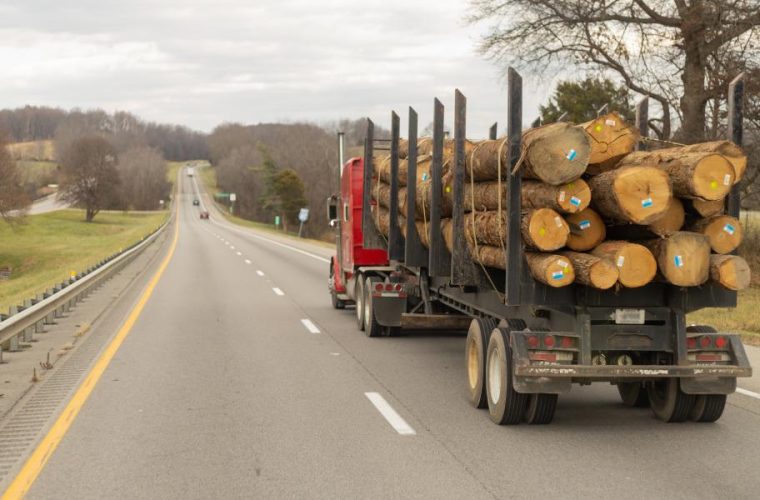
Does Cost Cutting Undermine Economic Growth?
Keynesian economists claim that cost cutting by companies in order to protect profits can lead to an economic slump. They believe that if everyone tries to cut costs, demand from retrenched workers for goods and services weakens, and as a result corporate revenues and profits come under pressure. This necessitates new layoffs, and the downward spiral accelerates.
Popular thinking presents economic activity as a circular flow of money: spending by one individual becomes part of the earnings of another individual, and spending by this other individual becomes part of the first individual’s earnings. The idea is that recessions occur because consumers—for unknown reasons—cut expenditures and increase savings.
To Be Successful, Businesses Must Abide by Consumer Demand
But successful businesses must meet consumer demand. Therefore, when a business owner seeking higher profits observes growing demand, he responds by increasing the production of goods, thus increasing his demand for the factors of production.
Conversely, when demand for goods slows down, less production follows. Consequently, to protect his profits the business owner reduces his demand for the factors of production in line with the fall in the production of goods. Note the causal order. Businesses engage in cost cutting in response to less demand for their products, not the other way round. Businesses embark on cost cutting due to the emerging economic slowdown. What, then, causes the economic slowdown?
Central Bank Monetary Policies Are the Key Cause of Boom-Bust Cycles
Central bank intervention in the economy via monetary manipulation sets the stage for repeated boom-bust cycles. For example, when monetary authorities believe the economy is not expanding quickly enough, the central bank loosens its monetary stance, setting off an economic boom. The economic boom, however, is a misallocation of resources: artificially lowered interest rates set by the central bank lead business owners to undertake capital projects that were not viable prior to the easy money policy.
Once the boom is seen as overheating the economy, however, the central bank tightens its monetary stance. Capital projects that emerged during the boom are no longer supported, which leads to an economic bust.
Once the bust worsens, the central bank again loosens its monetary stance—creating a new economic boom. From there, according to Ludwig von Mises’s Human Action, the boom-bust cycle intensifies.
Is an Increase in Savings Bad for Economic Activity?
According to Keynesian thinking, savings are a leakage that diminishes the spending flow, thereby weakening economic growth. But there is another perspective. Let’s start with a barter economy.
When a baker produces ten loaves of bread and consumes one loaf, his saving is nine loaves of bread. The baker may choose among several things to do with his saved bread: he could use the saved bread to sustain himself in the weeks ahead; he could exchange some of the bread for other consumer goods; or he could exchange it for something that will enhance his oven.
His saved bread has not caused a “leakage” or a drop in economic activity. On the contrary, saving sustains economic activity. Whenever the baker exchanges his bread for shoes or shirts, his saved bread sustains the shoemaker and the shirt producer. This enables them to continue their production of shoes and shirts.
Furthermore, if the baker decides to exchange his bread for oven parts that improve his oven, his productivity is likely to increase and his production of bread is likely to follow suit. All other things being equal, this production increase will, in turn, enable the baker to save more and acquire a greater variety of goods and services.
In fact, more production of goods supports a greater demand for goods. After all, when a baker produces bread, he is not producing everything for his personal consumption. Most of the bread that he is producing is exchanged for other goods and services that he needs. Hence, his production enables him to acquire other goods and services. If everyone decides to expand their savings, increasing the number of final consumer goods supplied to the market, how can this slow economic activity?
Introducing Money
In a money economy, producers of consumer goods exchange savings for money by supplying other producers with saved consumer goods. When a person acquires a capital good such as machinery, he transfers money to the producer of the machinery. The machinery maker can choose to exchange the money not only for consumer goods but also for services. A service provider who receives the money could, in turn, exchange it for consumer goods and services. Money enables the goods of one specialist to be exchanged for the goods of another specialist.
Money permits an individual to channel savings (unconsumed goods) to others, which widens the wealth-generation process. Money’s main purpose is to fulfill the role of medium of exchange; it does not sustain or fund real economic activity.
Why Cost Cutting Is Good for the Economy
If a company trims costs in order to make a profit, what is wrong with this? By moving from a loss to a profit, the company makes more efficient use of its resources. Its use of resources now generates a positive return, meaning the company has generated real wealth.
According to Mises in Planning for Freedom:
The only goal of all production activities is to employ the factors of production in such a way that they render the highest possible output. The smaller the input required for the production of an article becomes, the more of the scarce factors of production is left for the production of other articles.
Consider a farmer who plants ten seeds and harvests only five seeds. Obviously, he cannot continue with this practice for long before he runs out of seeds and is faced with the threat of starvation. Thus the farmer is forced to alter his conduct by finding better land or learning a better way of planting his seeds.
So why would a change that generates a surplus be bad? With a greater crop, the farmer could both improve his well-being and increase his savings, thus giving rise to a much greater future crop, all other things being equal. The crux of the matter is that profit adds to real wealth and hence raises the living standards of individuals in the economy.
What about all the workers who were made redundant? Surely their incomes will fall, and this will weaken demand for goods and services. In fact, however, a general increase in profits because of cost cutting lifts the overall real wealth in an economy, which generates more employment opportunities. In a market economy, retrenched workers have to adjust to new conditions and find jobs elsewhere—jobs that contribute to wealth generation.
Conclusion
Cost cutting by companies is essential to correcting previous erroneous decisions in order to return to a situation where real wealth can be generated. As a rule, cost cutting takes place in response to an emerging economic slowdown; however, rather than further slowing the economy, reducing costs helps to revive the economy.



